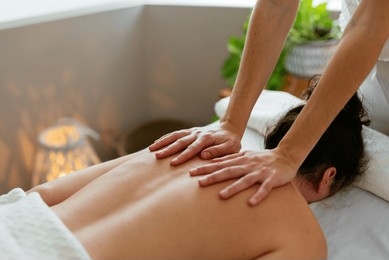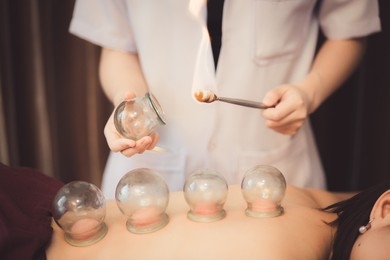When it comes to managing pain, particularly low back pain, acupuncture and massage therapy are two popular options. Both modalities offer unique approaches to alleviating discomfort and promoting healing. In this article, we will explore the differences between acupuncture and massage therapy, helping you determine which one might be right for you in achieving a cure for your low back pain.
Understanding Massage Therapy
Massage therapy involves the manipulation of muscles and soft tissues to alleviate pain, reduce stress, and promote overall well-being. It is commonly used to address muscular low back pain, often caused by strain or tension. Massage therapists are trained professionals who specialize in various techniques to target specific areas of the body.
The Work of Massage Therapists
Massage therapists focus on assessing muscular issues and employing techniques such as kneading, tapping, and stretching to address them. They identify trigger points—areas of muscle tension—and work to release them, promoting relaxation and improved circulation. Additionally, massage therapists address alignment issues, helping to correct posture and prevent future discomfort.
Delving into Acupuncture
Acupuncture is a traditional Chinese medicine practice that involves inserting thin needles into specific points on the body to stimulate energy flow and promote healing. While massage therapy primarily targets muscular issues, acupuncture works on a deeper level, addressing not only muscular pain but also disc-related or inflammatory arthritic low back pain.
Addressing Disc Problems and Inflammation
One of the key benefits of acupuncture is its effectiveness in targeting issues beyond muscle pain. It can address problems such as herniated discs or degenerative disc disease by promoting blood flow and reducing inflammation. Additionally, acupuncture has been found to be beneficial for conditions like arthritis, where inflammation plays a significant role in pain.
Effectiveness of Each Therapy
The effectiveness of massage therapy and acupuncture depends on the underlying cause of the low back pain. Massage therapy is particularly effective for muscular issues, providing relief through manipulation of soft tissues. On the other hand, acupuncture offers a deeper approach, targeting not only muscles but also discs and fascial connections.
Complementarity of Therapies
While massage therapy and acupuncture approach low back pain from different angles, they can complement each other effectively. By combining the two modalities, individuals can benefit from the targeted muscle work of massage therapy and the holistic approach of acupuncture. Together, they provide comprehensive relief for low back pain.
Individualized Treatment
Choosing between massage therapy and acupuncture depends on individual needs and preferences. Some individuals may find relief with massage therapy alone, while others may require the deeper approach of acupuncture. It’s essential to work with a qualified practitioner to develop a treatment plan tailored to your specific condition and goals.
Conclusion
In conclusion, both massage therapy and acupuncture offer valuable options for managing low back pain. While massage therapy focuses on addressing muscular issues and promoting relaxation, acupuncture targets deeper pain sources, including discs and inflammation. Depending on your needs, a combination of both modalities may provide the most effective relief.
FAQs
- Can massage therapy and acupuncture be used together?
- Yes, combining massage therapy and acupuncture can provide complementary benefits in addressing low back pain.
- How do I know which therapy is right for me?
- Consult with a qualified practitioner who can assess your condition and recommend the most appropriate treatment based on your individual needs.
- Are there any side effects associated with acupuncture?
- While acupuncture is generally safe, some individuals may experience minor side effects such as soreness or bruising at the needle insertion sites.
- How many sessions of massage therapy or acupuncture are typically needed?
- The number of sessions required depends on the severity of your condition and how your body responds to treatment. Your practitioner can provide guidance on the recommended frequency of sessions.
- Is acupuncture painful?
- Acupuncture needles are very thin, and most people experience minimal discomfort during treatment. Any sensations are typically brief and mild.




